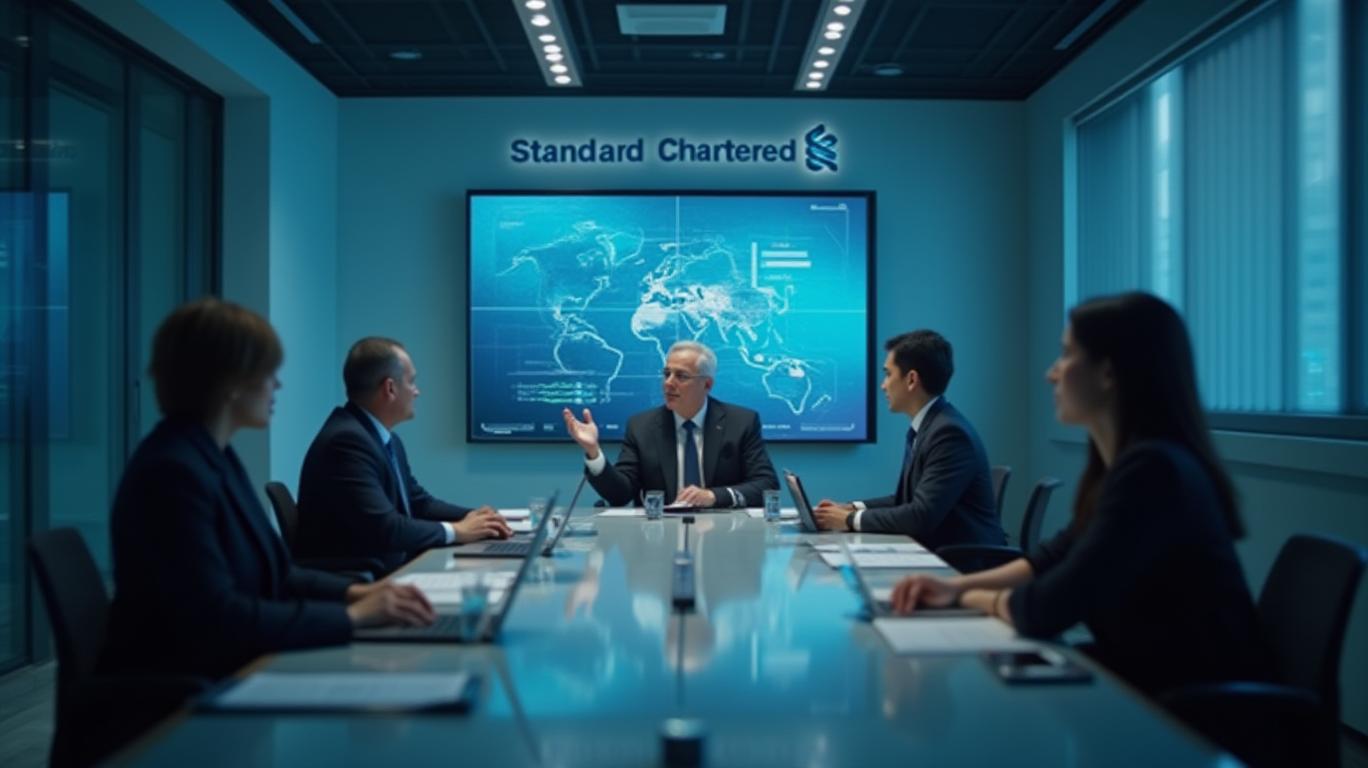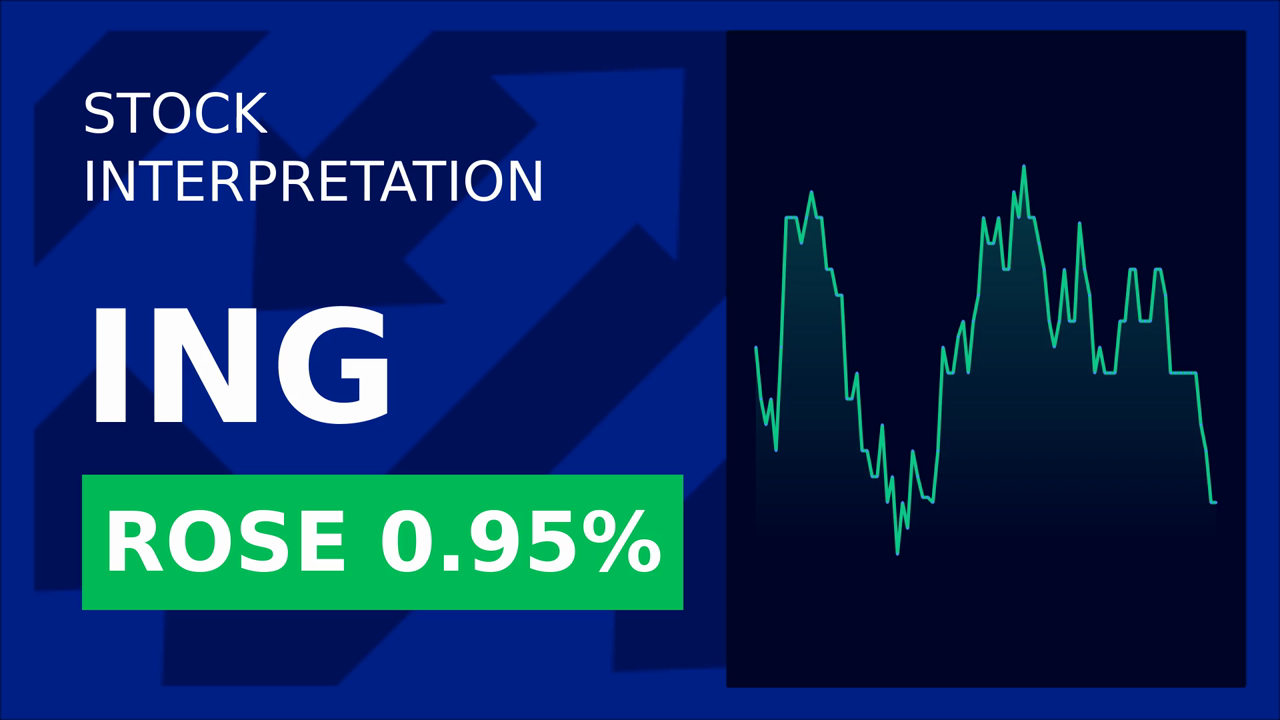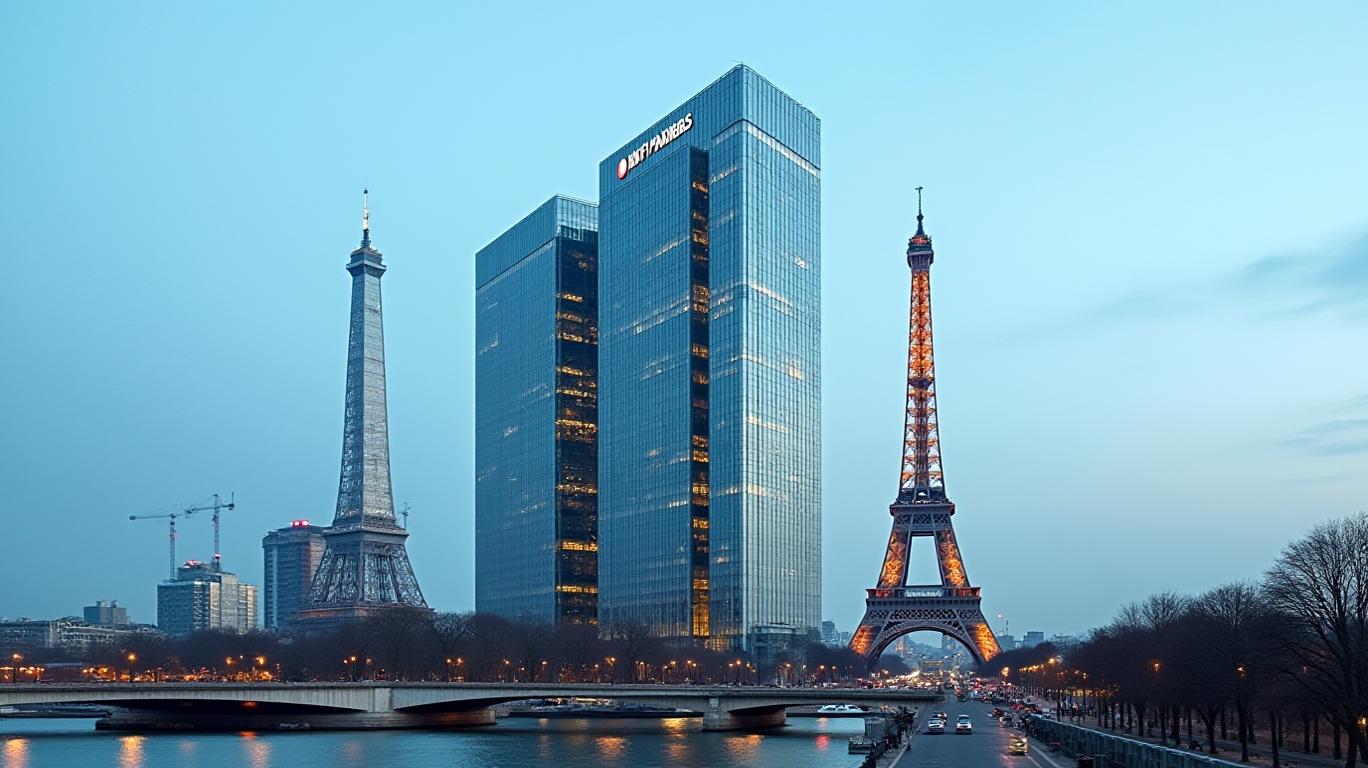ING Group’s Share Buyback: A Strategic Move to Boost Value Amid Regulatory Scrutiny?
In an era where corporate capital allocation decisions are under intense scrutiny, ING Group’s €2 billion share buyback program has emerged as a focal point for investors seeking clarity on the Dutch financial giant’s priorities. With 93.79% of the program’s value now executed, the question remains: Is this a shrewd move to enhance shareholder value, or a risky bet in a volatile economic landscape?
The buyback, announced in October 2024, has progressed swiftly, with 118.98 million shares repurchased as of April 25, 2025. This acceleration underscores management’s confidence in the program’s strategic goals—primarily to reduce outstanding shares and boost earnings per share (EPS). However, the execution has not been without nuance.

The Numbers Tell a Story of Speed—and Rising Costs
The buyback’s pace has quickened markedly. By March 7, 2025, ING had repurchased 67.17% of the target, spending €1.34 billion at an average price of €15.41 per share. Fast-forward to April 25, and the average price had risen to €16.79, with 4.6 million shares purchased in the final week alone. This suggests the stock price has climbed during the buyback period—a positive sign for shareholders but one that may have increased the cost of repurchases.
The Strategic Rationale: EPS and Shareholder Value
Reducing share count directly benefits EPS, a key metric for investors. With fewer shares outstanding, profits are distributed over a smaller base, potentially lifting the stock price. For ING, this aligns with broader capital management strategies, particularly in an environment where European banks face pressure to deleverage and return capital to shareholders.
However, the program’s success hinges on external factors. Regulatory compliance, notably under the Market Abuse Regulation (MAR), is meticulously tracked. Daily transactions are reported on ING’s investor relations portal, offering transparency but also exposing the bank to scrutiny if buyback timing coincides with material non-public information.
Risks Lurking in the Shadows
The buyback announcement includes a litany of risks: economic downturns, regulatory changes, cyberattacks, and geopolitical instability. These are not mere formalities. For instance, if a recession reduces ING’s profitability, the rationale for repurchases—driving EPS growth—could unravel. Similarly, a drop in the stock price post-buyback could leave shareholders questioning the wisdom of the capital allocation.
A Near-Complete Program, But Caution Remains
With just 6.21% of the €2 billion target remaining, ING is nearing the finish line. Yet the final stretch matters. The average price paid per share has risen by 8.9% since early 2025, which may reflect improved investor sentiment—or a market pricing in risks that ING has yet to address.
Conclusion: A Solid Bet, But Not Without Hurdles
ING’s buyback program has been executed with discipline, nearing completion at 93.8%. The rising share price suggests market confidence in the bank’s strategy, though investors must weigh this against lingering risks like a potential European economic slowdown.
Crucially, the program’s success will be measured not just in shares repurchased but in sustained EPS growth and shareholder returns. As of April, the data paints a cautiously optimistic picture—but with 6% of the program left, the final chapter remains to be written. For now, ING’s buyback stands as a reminder of the fine line between strategic capital management and speculative risk-taking in a volatile financial world.

_b905d9341749265671656.jpg)








